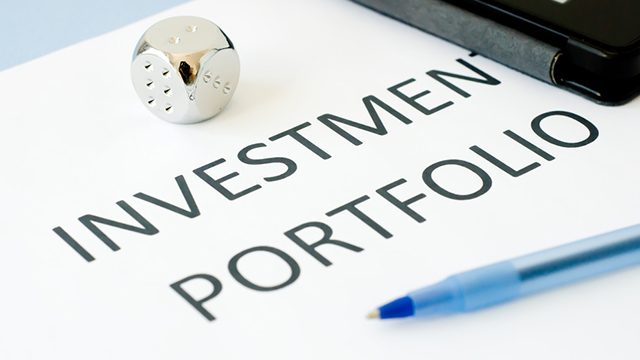SUMMARY
This is AI generated summarization, which may have errors. For context, always refer to the full article.

Ordinary investors often underestimate themselves and rely too much on market news and financial experts’ sage-like wisdom in managing funds. Truth is, do-it-yourself investment portfolio is not as complicated as you may think. Yes, it requires prudence on the part of the investors, but it is certainly not rocket science for an investor to create one.
An investment portfolio is a combination of different financial instruments designed to match the objective of an investor. It is akin to a pie chart wherein each slice represents a particular asset class that tries to maximize the returns or minimize losses.
Here are the 3 steps helpful in creating a solid investment portfolio.
Step 1: Know your goal
What am I saving for? An investor should be clear on the ‘why.’ One of the worse things that can happen is to lose motivation halfway through the saving. And quite frankly, a lot of people get derailed in their goal because they lack the will to pursue it. The funds accumulated end up being used for other less worthy costs.
It is also imperative that an investor calculates the amount needed for the goal. Quantifying a goal concretizes it; and certainly easier to keep track of a goal with a price tag, rather than a vague notion of something.
Part of knowing the goal is determining when it will be needed. The longer the time horizon, the more risk one can afford to take; hence, one can invest in more aggressive financial instruments that will yield better returns. But the reverse also holds true. The closer one is to the goal, the less aggressive he should be because volatility can work against him.
Do not fall into the mistake of matching long term goals with short term instruments like bank deposits or low-yielding bonds. Neither should one put short term goals into volatile equity market. Both scenarios would not produce desired results.
Step 2: Allocate your assets
Now that you have goals all figured out, the next step is to find the investments that can help you achieve those. Whether these investments are in equities, fixed-income, real estate, foreign currencies, these investments should be in synch with your goals, and to do that you need to allocate the assets properly.
Asset allocation could well be the next most important decision after establishing the goals. This process is defined as distributing your capital across different asset classes as to generate the most profitable mix.
How important is asset allocation to one’s portfolio? Well, according to research, which securities to pick are only secondary to how they are distributed. The premise behind asset allocation is that not all investments move in the same direction all the time. Stocks could do well this year but bonds may not; and vice-versa. A loss in one could be offset by the gains in other securities.
Step 3: Reviewing and rebalancing
A successful portfolio requires a regular reviewing rebalancing. Market movements can cause some changes in the initial allocation. What maybe a 60-30-10 mix may have become a 70-20-5 composition already. The mix itself is neither good nor bad. This is why there is a need for regular review.
Becoming heavy on a particular asset may look good for the moment, but remember that the market goes in cycles. Most people think that if an investment has performed well over the last year, it should perform well over the next year. But the truth is, past performance is not indicative of future performance.
When that heavily invested asset reverses, then the investor suffers more losses than he originally intended, had the composition remained the same.
An investment portfolio banks on the ageless investing wisdom of not putting everything in one basket. And indeed, a well-diversified portfolio is the best bet to achieve long-term financial success.
Got a question about personal finance? Tweet @rapplerdotcom or email us at business@rappler.com. – Rappler.com
 Kendrick Chua is a registered financial planner of RFP Philippines. He writes regularly about personal finance. He is also a Chinese language instructor, TV host, free runner, and violinist. To learn more about RFP, you may email info@rfp.ph.
Kendrick Chua is a registered financial planner of RFP Philippines. He writes regularly about personal finance. He is also a Chinese language instructor, TV host, free runner, and violinist. To learn more about RFP, you may email info@rfp.ph.
Image of investment portfolio from Shutterstock.
Add a comment
How does this make you feel?
There are no comments yet. Add your comment to start the conversation.